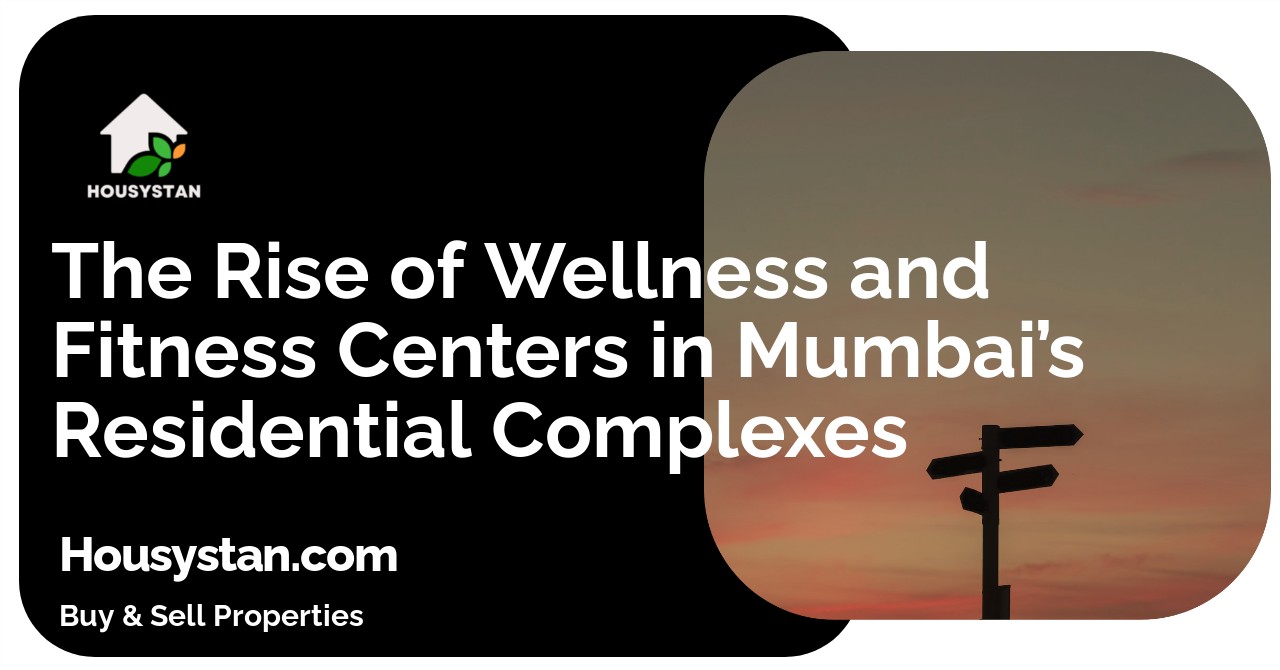The Rise of Wellness and Fitness Centers in Mumbai’s Residential Complexes
Read latest blogs and articles from Housystan

The Information mentioned here was last updated on:
28/12/2025The vibrant city of Mumbai has witnessed a significant transformation in urban living, marked by the increasing popularity of wellness and fitness centers within residential complexes. As the fast-paced lifestyle of Mumbai residents continues to evolve, there is a growing demand for convenient and accessible health solutions right at their doorstep. Developers and property managers across the city are responding to this trend by integrating state-of-the-art gyms, yoga studios, meditation rooms, and holistic wellness facilities into modern housing societies.
One of the driving forces behind this shift is the heightened awareness of health and well-being among Mumbai’s diverse population. Residents now prioritize physical fitness, mental relaxation, and overall wellness, making these amenities a crucial factor when choosing a new home. With the ongoing emphasis on maintaining a balanced lifestyle, people are drawn to residential communities that offer a comprehensive range of fitness options, reducing their need to travel through the city’s bustling streets to access such services.
Many residential complexes in Mumbai’s prime neighborhoods—such as Andheri, Powai, Bandra, and Lower Parel—boast cutting-edge fitness centers equipped with high-end machinery, personal trainers, and dedicated spaces for group activities. These facilities often include swimming pools, jogging tracks, spa zones, and even nutrition counseling, catering to all age groups and fitness levels. Such inclusions not only enhance the quality of life for inhabitants but also add substantial value to the property, making these complexes highly desirable for both buyers and investors.
- Verified Tenants/Buyers
- Unlimited Property Listing
- Zero subscription/charges fee
Furthermore, community-driven fitness events and wellness workshops foster a spirit of camaraderie among residents, transforming these spaces into vibrant social hubs. The integration of wellness centers reflects Mumbai’s progressive approach toward healthy living, setting a benchmark for urban real estate development across India. As this trend continues to intensify, it is evident that wellness-focused residential complexes are shaping the future of city living, ensuring that Mumbai remains at the forefront of health-conscious urban environments.